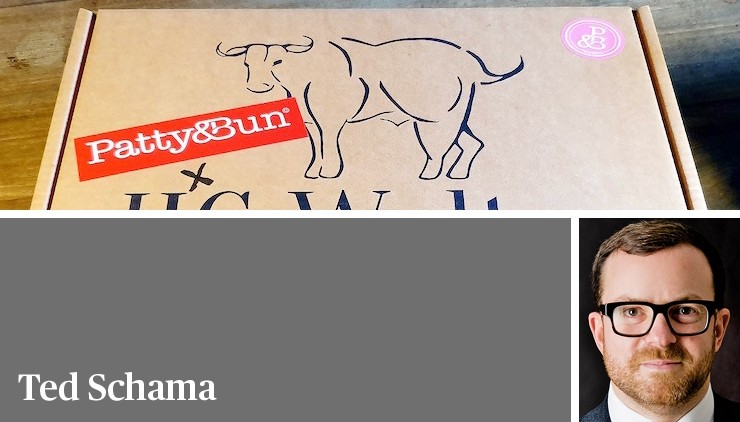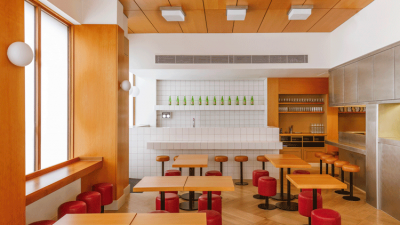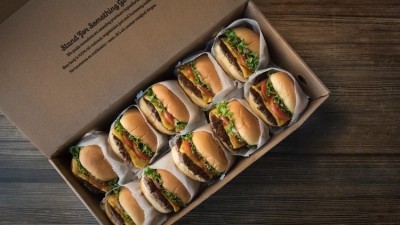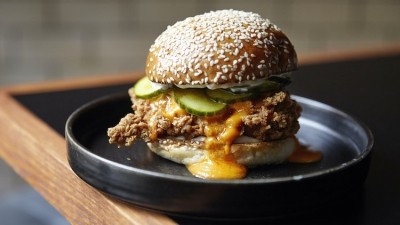Comment
Delivering the goods now but also for the longer term?

Roll back not too far, and the choices for home delivery, particularly outside cities, were pretty limited. While Deliveroo, JustEat, UberEats and others introduced much greater choice as London’s burgeoning restaurant scene leapt at the opportunity to grow brands and build incremental sales, the benefits remained largely within the confines of the M25 and major cities. Great for those with an urban postcode, but what about the rest of the population?
The hospitality sector has always been remarkable for its ‘can-do’ attitude, but in the current circumstances it is leading the way in creativity, innovation and entrepreneurship. We saw it very early on as brands moved from physically serving customers to virtually entertaining and enlightening them almost overnight. And now we are seeing it again as they find ways to take their products back to the customers in a tangible way. They are going direct to consumers with make-at-home kits, at the same time scaling up to achieve, in many instances, national reach.
Recent examples include Patty and Bun, Pizza Pilgrims (a personal favourite) and Rice Error, the brainchild of London’s BAO, the Taiwanese steamed bun concept with outlets in Borough Market, Fitzrovia and King’s Cross. And it is not just meals that are becoming more widely available; Bread Ahead has just announced it is teaming up with Goodsixty for nationwide delivery of its bread kits. The benefits to consumers are obvious: more choice, an upgraded experience in terms of operator, and a better sense of life as close to normal as possible through a continued enjoyed of much loved brands.
The ability to deliver nationally ingredients and recipes, rather than being limited to a two-mile radius of a restaurant through couriers, is a great evolution in the industry. And with make-at-home kits, there is zero chance of food degradation to the detriment of the experience. Household and groups of friends, the latter post-lockdown, can also enjoy different experiences together in the comfort of their home, which is something that has been driving the growth in food markets throughout the UK.
The ability to deliver nationally
ingredients and recipes is a
great evolution in the industry
It is an innovation borne through a desire to remain in business, but one that is likely to remain a permanent feature in the new normal.
But will this new dynamic bring about lasting detrimental changes to the industry too? There is the potential that some operators may decide to open fewer restaurants to minimise costs, relying instead on the public’s new appetite for at-home experiences to deliver sales that have a far lower cost to achieve. Of course, the flip side is that fewer outlets for any one brand could lead to stronger demand for the in-restaurant experience from legions of loyal followers.
Many operators, however, will see selling direct to consumers as an opportunity to test their concepts and build brand following as a precursor to opening new outlets. The data collected on menu choices, frequency, spend and demographics will lead to more informed choices about where and when to open, which will lead to great long-term viability and success for new restaurants. Further, the use of data may well bring operators and landlords closer together, as both sides share insight to help one another make more informed choices. That collaboration could then be reflected in the commercial relationships.
There is another positive too. The industry is full of great people with great products, but not all of them are great restaurateurs. Running a successful operation takes as much, if not more, business acumen as it does the ability to cook. For some, that creates unnecessary and hard to manage pressure that takes the passion out of the idea. The growing at-home market is an ideal for those with no desire to run a restaurant to build a successful restaurant business.
Whatever an operator’s motivations for selling make-at-home kits, if things really take off, there is always the option of creating a partnership with a supermarket or delivery service, such as Ocado, to extend the reach even further. While this will need to be carefully managed to maintain brand integrity and not over-saturate the market, it will be an appealing route for many over time.
This is not a complete revolution. We should not forget either that some people do not want to make food at home. In fact, the rise in the delivery of takeaway food during coronavirus is because people want a break from cooking.
This is, however, a step change for consumers due to the new choice of restaurant-quality food in their own homes. It is effectively a whole new business model for restaurants – a business within a business – coupled with incredible data profile of customers ordering.
Through adversity comes growth and, in these challenging times, it is heart-warming to see the sector leading the way.
Ted Schama is managing director of Shelley Sandzer

































